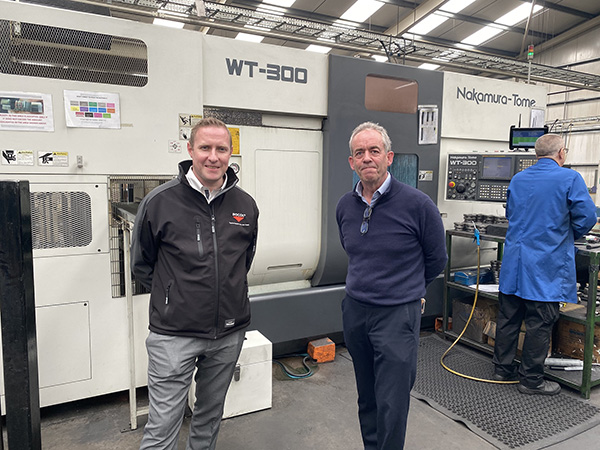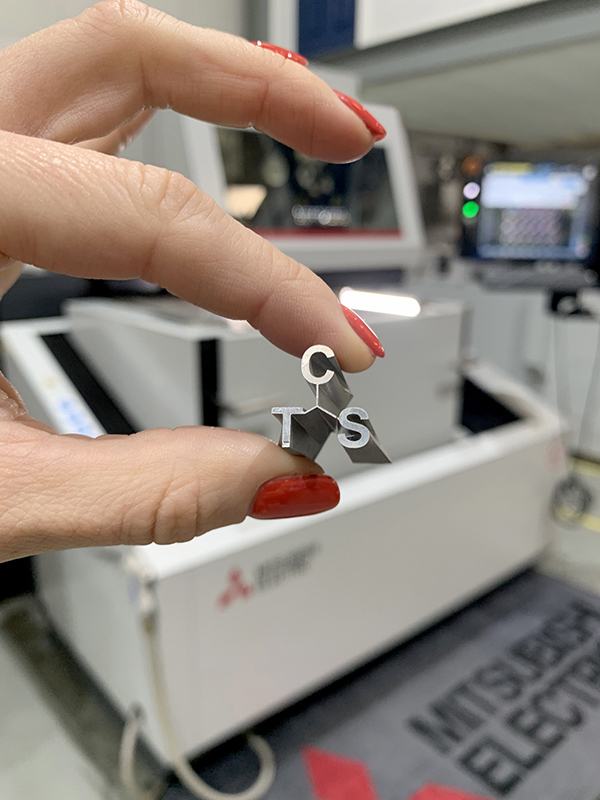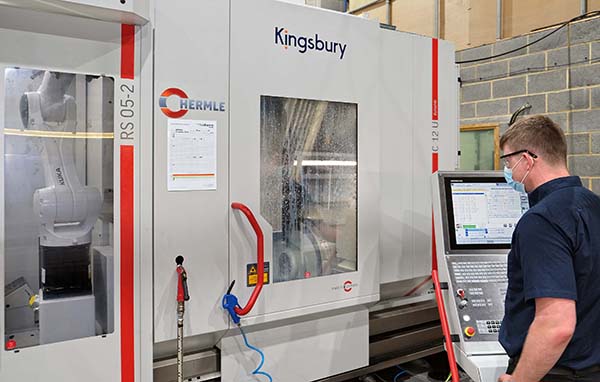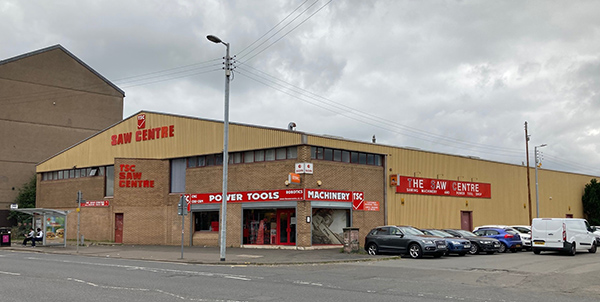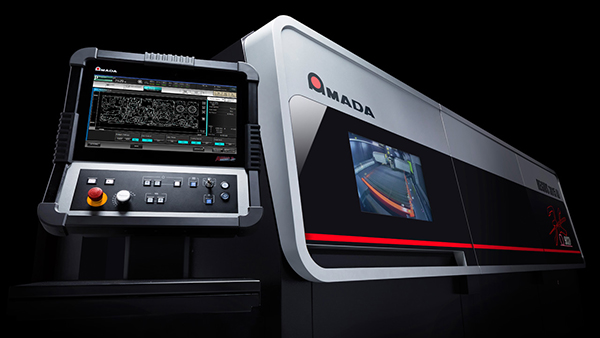
Like many subcontract manufacturers, Abbey Tool and Gauge Ltd was started by a husband-and-wife couple out of a small shed near Kelso Abbey – hence the name. The ethos of the subcontracting company since it opened its doors in 1970, has been to buy the best- possible equipment and machine tools. In its 50 years, this has seen the company invest in numerous Nakamura-Tome, Doosan and DMG Mori machines with a spend of more than £6m in the past five years on five- through to nine-axis machines for one-hit machining.
Under the management of second-generation brothers Iain and Alistair Reid, the subcontract company has expanded its portfolio, now working in the oil and gas, nuclear, automation, and medical industries. The ISO9001 and ISO14001-certified manufacturer implements a programme of continuous improvement that not only encompasses machine tools, but also complementary technology. This is why Abbey Tool and Gauge has invested in cutting fluid from Rocol.
Taking up the reasoning behind switching its fluid provider, Abbey Tool and Gauge director Iain Reid says: “At first, we were a little sceptical when Rocol came in to see us because they said they could run our oil consumption at 2%, and we were running at somewhere between 6 and 8%. Alistair and I thought long and hard about it, and we filled two machines with the product. We ran these machines for six weeks and were delighted.
“This change is good for the environment as it is only running at 2%,” he continues. “It will also be good financially for our business in the long term as there will be a big saving, which we are monitoring at the moment. Thirdly, the back-up and support we’ve had from the Rocol team have been absolutely phenomenal.”

Since implementing Rocol Ultracut 370EP, the benefits have cascaded throughout the business. Alluding to machining performance, Reid says: “We’ve had some really good feedback from the guys on the shop floor. We were initially concerned as we machine a lot of super duplex and thought that the Rocol Ultracut 370EP wasn’t going to do the business there, but it certainly has. It has also been a huge success on materials like Inconel, 625, 718 and many others.”
The Roxburghshire facility in Scotland is home to more than 30 machines and, despite the volume of machine tools, the facility is completely odour free.
“It’s quite incredible because the odour disappeared almost immediately,” says Reid. “A Rocol engineer comes in every couple of weeks and tells us where we are with regards to our coolant management. So, the fluid is managed to a very high standard.”
Rocol Ultracut 370EP is free from bactericide, silicone, chlorine, formaldehyde, nitrites and any animal-derived materials, prolonging fluid life and performance. Additionally, the low-foaming product is compatible with hard and soft water, and is tolerant to tramp oil and demonstrates protection against residual corrosion.
Trying to quantify the savings since instigating the change of cutting-fluid supplier to Rocol, Reid says: “I think the savings could be anything from £20,000 to £40,000, but as we’ve not been using the Rocol fluid for a full 12-month period, we cannot give an exact calculation at present.”

Referring to the impact Rocol has made on tool life and performance, he says: “Looking at our historical usage, we estimate that we’ve already saved between 10 and 12% on our cutting-tool costs, which is massive in our game. In some cases, we slow the machines down to reduce the tip changes. We find it’s better to run the machines for eight hours at slower speeds and then swap the inserts at the changeover shift, rather than replace the tips three times per shift by running faster. We get a higher volume of parts by running like that, and the Rocol coolant helps us hugely in extending the life of our tips.”
The improvement to tool life and machining performance can largely be accredited to the extremely high-pressure additives that provide medium- to heavy-duty machining capabilities with good surface finish on a range of ferrous and non-ferrous materials. Furthermore, the semi-synthetic fluid enables the customer to rationalise one fluid for both machining and grinding operations.
Commenting upon the changeover from the previous fluid supplier to Rocol, Reid says: “There were no issues whatsoever. However, with so many machines on site, it was quite a lot of work, which meant we had to implement the change over an extended period of time. One of the things I would recommend is that you clear everything out of the machine and clean through the system. This was hard work for the guys, but it’s critical that you completely clear out the machine.”
As a manufacturer that has opted for the Rocol Ultracare package of support, the team at Abbey Tool and Gauge has nothing but praise for the service.

“Alastair and I receive a report around four hours after the Rocol engineer has visited,” says Reid. “This report outlines a detailed state of every machine and gives us peace of mind.”
Providing insight from a Rocol perspective, Ian Fenney from Rocol says: “The process has run really smoothly and we’ve changed the fluid in all of the machines. We cleaned the machines out and started afresh. Whether we follow this complete clean-out process or not depends upon the fluid we are providing, but in this instance, there were key differences between the existing coolant and the product that we proposed.”
Alluding to the properties of Ultracut 370EP, Fenney continues: “All fluids will cut to a certain degree, but finding the right one for the customer, especially in a subcontract shop like this – there will always be a multitude of materials and machines. With Ultracut 370EP, we have something that ticks every box. At Abbey Tool and Gauge, they are both cutting and grinding with the same fluid on everything from cast iron through to Inconel.”
Concluding upon the Ultracare service package, Fenney says: “On this particular account, we supported the fluid changeover and cleaned out a selection of machines before the Abbey Tool and Gauge team took over and finished the project. Thereafter, we come in every fortnight to ensure all the machines are HSE compliant.”
For further information
www.rocol.com







